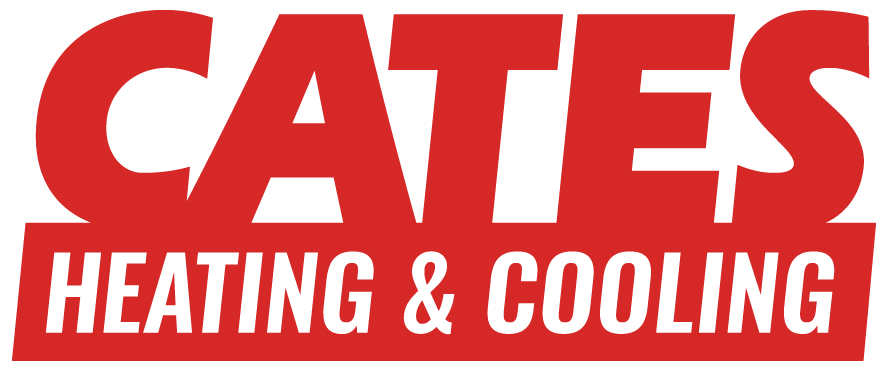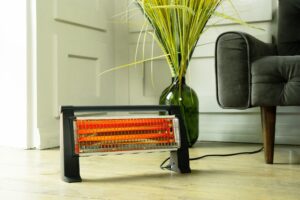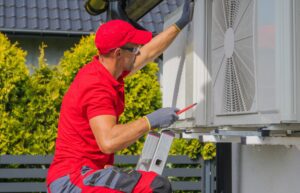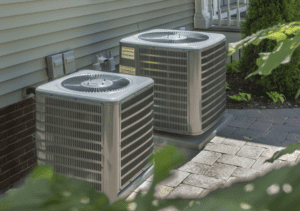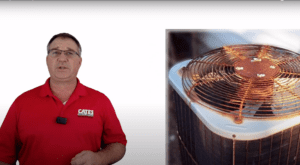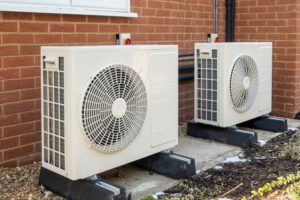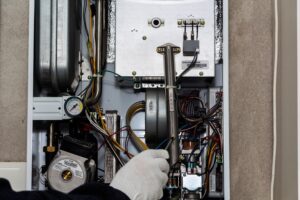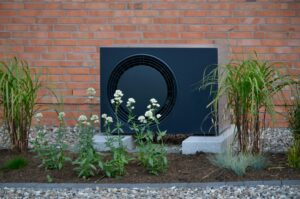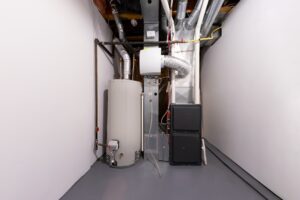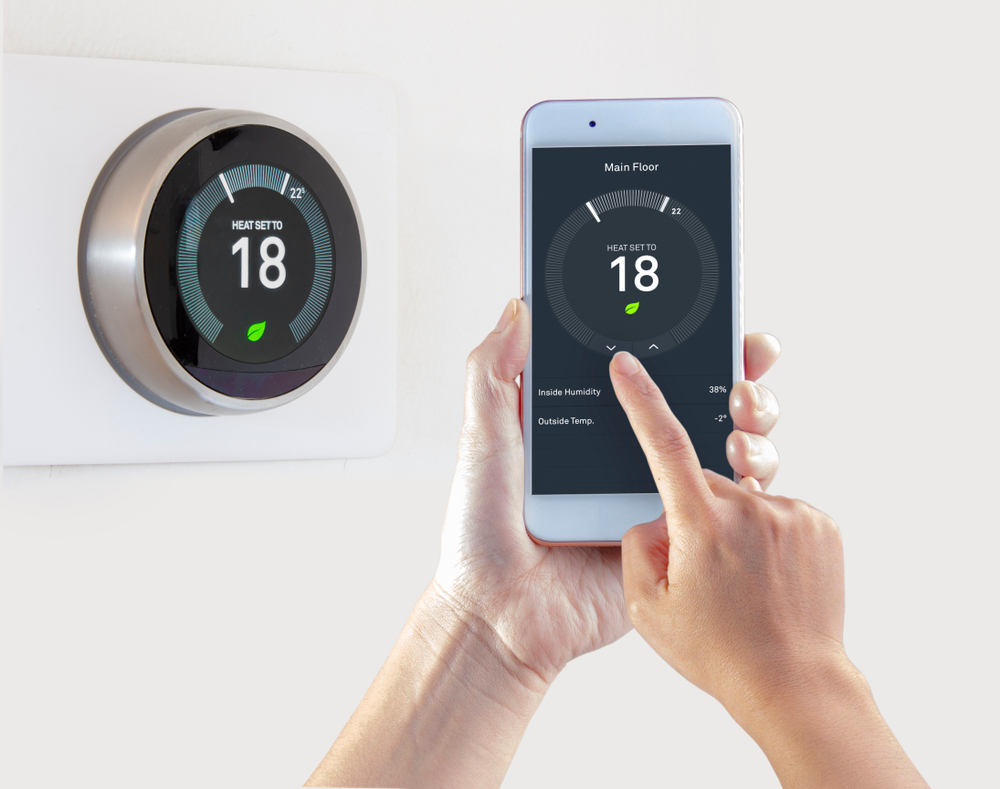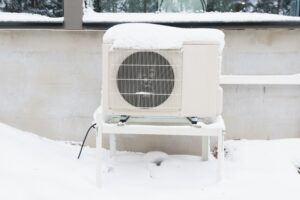With so many different types of thermostats on the market, many homeowners feel stumped at which one is best for their household. Fortunately, we have broken down the types of thermostats into four basic categories and explained the good and bad of each to help you better understand each one.
Non-Programmable Thermostats
Non-programmable thermostats can only be manually adjusted. However, they cannot automatically adjust to different temperatures like the other thermostats on this list. This means that you have to adjust the setting on the thermostat every time you want to change your home’s temperature.
Non-programmable thermostats can come in mechanical and digital options. Digital options will allow you to see the exact temperature setting you have selected, while mechanical thermostats are usually set with a dial or slider.
As the most basic thermostat option, these are often the most inexpensive option for homeowners. However, this type of thermostat is best for people who are rarely away from home or aren’t comfortable with a more complicated option.
Programmable Thermostats
Programmable thermostats can change the temperature in your home without a human present, but they have to be programmed to do so. To do this, you pre-program the thermostat to change to different temperatures at different times of the day. For example, you might set the thermostat to cool down an extra two degrees when you go to bed for the night. In the morning, you could tell it to get back to the normal daytime temperature at the same time that you wake up.
Many of these thermostats have daily and weekly setting options. This means if you are away from home on the same days every week, you can pre-program your thermostat to keep the temperature more moderate these days.
Programmable thermostats are an excellent option for homeowners in areas where the temperature changes drastically throughout the day. For example, when it is 65°F during the day, you won’t need the furnace to run as often as you will when the temperature dips to 40°F at night. Having a programmable thermostat allows you to set the thermostat at temperatures that will keep you comfortable without running to the thermostat.
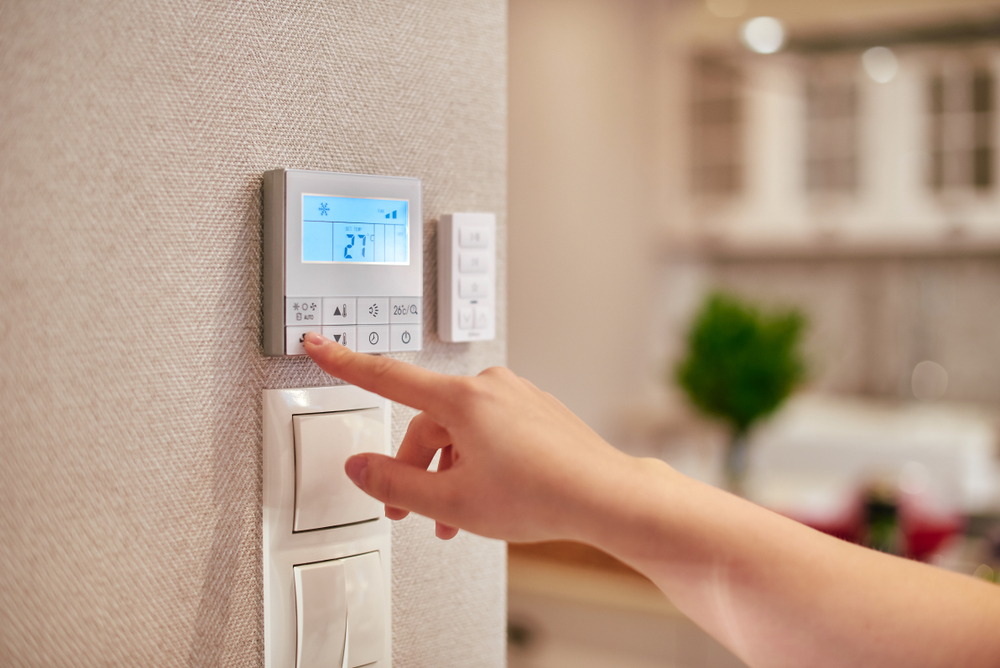 Wi-Fi Thermostats
Wi-Fi Thermostats
Wi-Fi thermostats connect to your wireless network to grant you access to the device via your computer, smartphone, or tablet. What sets a Wi-Fi thermostat apart from a programmable thermostat is that you can access it when you are outside the home or away from the thermostat to make temperature changes.
Additionally, with the Wi-Fi capabilities, you are better able to override a pre-programmed setting if you are going to be out later than you anticipated or get a chill while lying in bed. If you want full control over the temperature in your home, no matter where you are, then you want a Wi-Fi thermostat.
Smart Thermostats
Installing a smart thermostat in your home means minimal interaction with your thermostat. A smart thermostat learns your living habits over time, and it will start to automatically adjust the temperature in your home according to your previous patterns. For example, a smart thermostat will recognize when you come home each day based on the temperature changes you make on the thermostat. Eventually, the thermostat will automatically set the temperature to your preferences when you would normally walk through the door.
These thermostats also connect to your wireless internet and can be controlled from your smartphone, computer, tablet, or smart assistants like the Amazon Alexa. These smart devices can even tell you when you need to schedule HVAC maintenance, saving you the possible headache of preventable problems with your HVAC system.
If you have a home security system, your smart thermostat can connect to this system and adjust the temperature when you turn off the security system to enter the home.
Smart thermostats are best for tech-savvy homeowners who wish to access their thermostats from anywhere. Smart thermostat installation can be a little more challenging than other types of thermostats, making it difficult for homeowners unfamiliar with this level of technology.
Smart thermostats do come at a higher cost than the other kinds of thermostats. Fortunately, you will save enough money on your heating and cooling bill in just a couple of years to make up for the initial price tag. Smart thermostats are eco-friendly and will save you money on your electricity bill each month.
If you have questions about installing a new thermostat or need help determining the best option for you, contact Cates Heating and Cooling today at 913-888-4470 (Kansas) or 816-944-1844 (Missouri).
